Explanation
Eco Land Theme Park is built in the 1 km² Gotjawal primeval forest. Visitors can explore around in a train that looks like an 1800s steam-powered Baldwin train. The seven Baldwin train look-alikes (Lincoln Train) operated in the park were specially ordered and manually manufactured in the UK. In the large Gotjawal forest with railway trails, visitors can see a variety of plants, animals, and insects living in the mysterious Gotjawal forests, while touring around by special train. It also has a lake for visitors to experience the ecosystem of the forest, take a walk and enjoy a picnic. Besides, there are many things to enjoy including Eco Bridge, Eco Windmill, Picnic Garden, Kid’s Town, Eco Road, Bare Foot on Scoria, Floating Café, and topiary artworks.
Inquiry
+82-64-802-8000
Homepage
Information Use
Experience Guide : [Gotjawal Forest Tour]
Tour Times: 11:00 / 14:00 / 15:00
* 14:00 tour not available on Fridays & Sundays
* Closed during the winter period
Programs: Forest Tour, Forest Healing
* Schedule subject to change depending on the weather.
Contact and Information : • 1330 Travel Hotline: +82-2-1330
(Korean, English, Japanese, Chinese)
• For more info: +82-64-802-8000
Parking facilities : Available
Hours : [November - February]
First train 08:30 / Last train 16:30
[March - October]
First train 08:30 / Last train 17:30
* Closes 1 hr and 30 min after last train
* Train runs every 7-12 min
* Last train times subject to change
* Visitors using the long course on Eco Road must take the train 1 hour prior to the last train.
More information
Parking Fees
Free
Admission Fees
Adults (ages 19 and over): Individual 14,000 won / Group 12,000 won
Teenagers (ages 13-18): Individual 12,000 won / Group 10,000 won
Children (25 months - 12 years old): Individual 10,000 won / Group 8,000 won
* Group: 30 people or more (Infants ages 2 and under are not eligible for free admission. Children fare will be applied.)
* Group rate will be applicable for seniors and people with disabilities (proof of identification required)
Restrooms
Available
Available Facilities
* Train station route
Main station: Eco-bridge Station – Lakeside Station – Picnic Garden Station – Lavender, Green Tea & Rose Garden Station (Only Stops during April - November)
* Facilities
Ticket booth, snack bar, restaurant, gift shop, floating cafe, Main square with fountain, feeding room, video room, picnic cafe, eco cafe.
* Attractions
Bumper boat, discovery zone, Don Quixote and windmill, Garden, floating deck, eco-road, barefoot scoria experience, miniature pony, eco-therapy, Kid's town, grass square, miniature wooden train, European garden, etc.
Location
1278-169, Beonyeong-ro, Jeju-si, Jeju-do

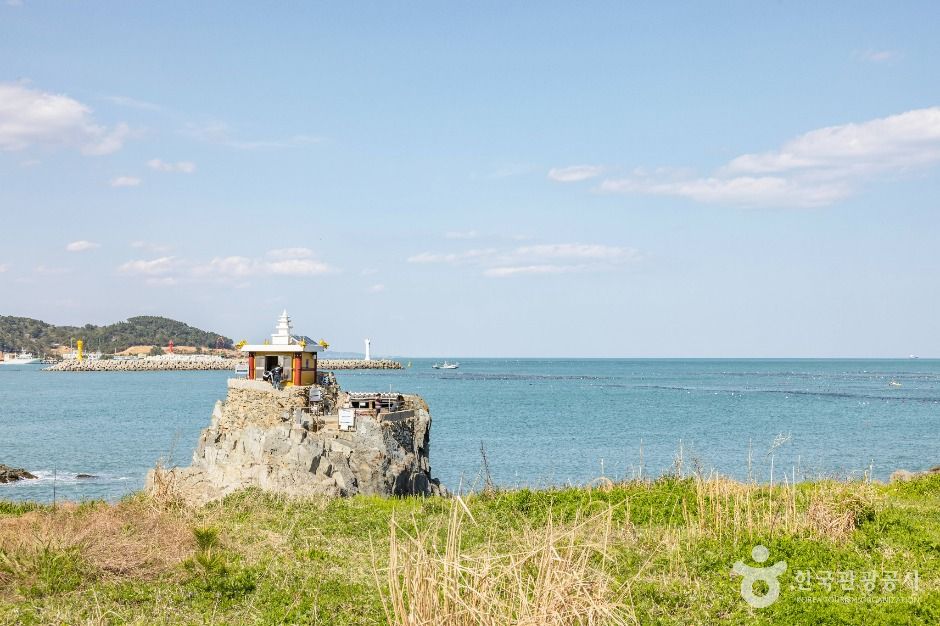
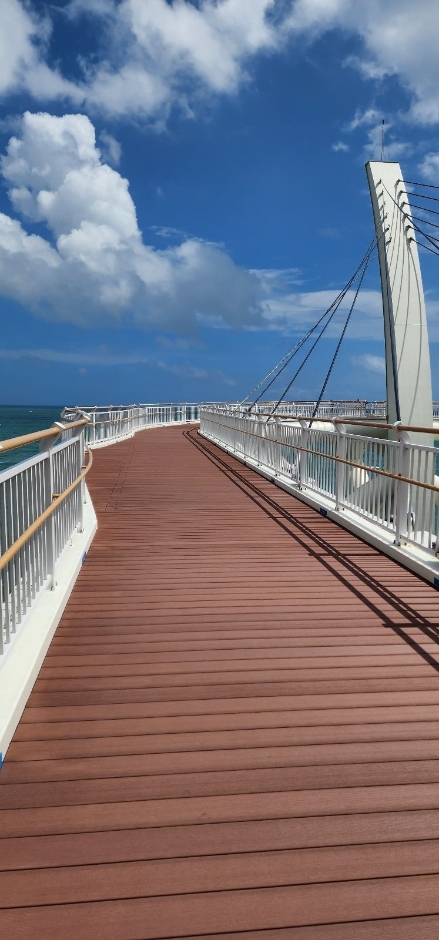
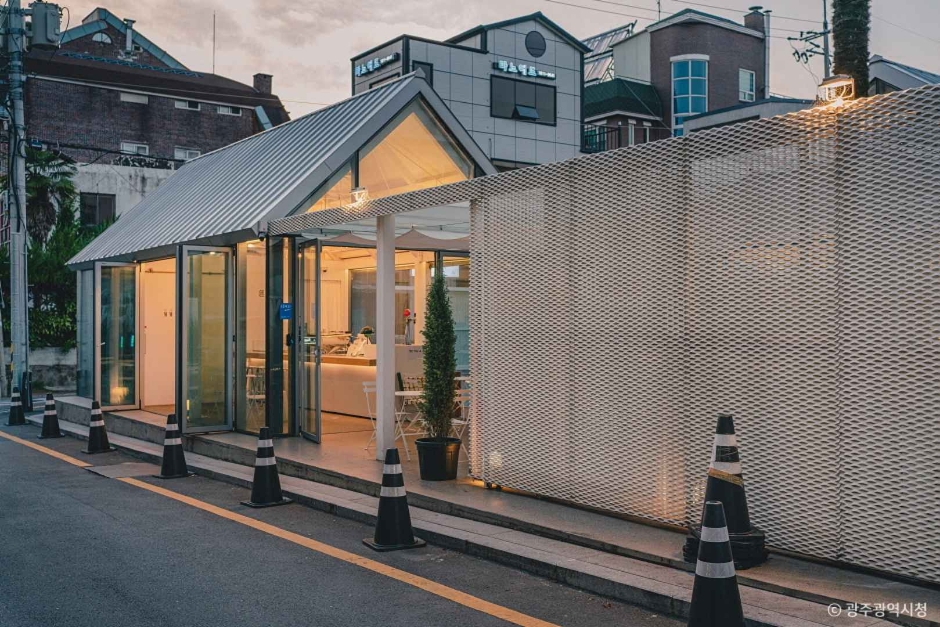
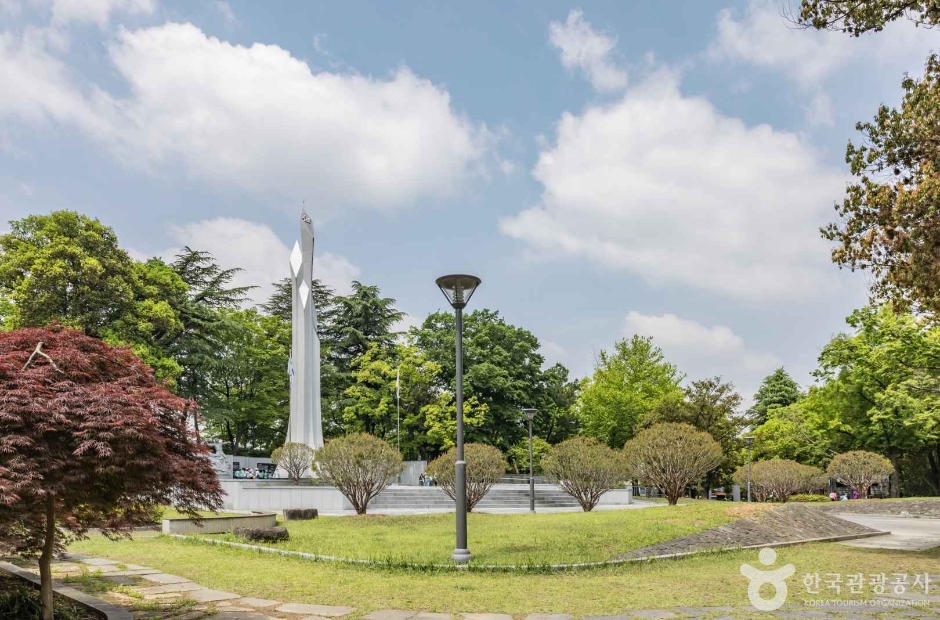
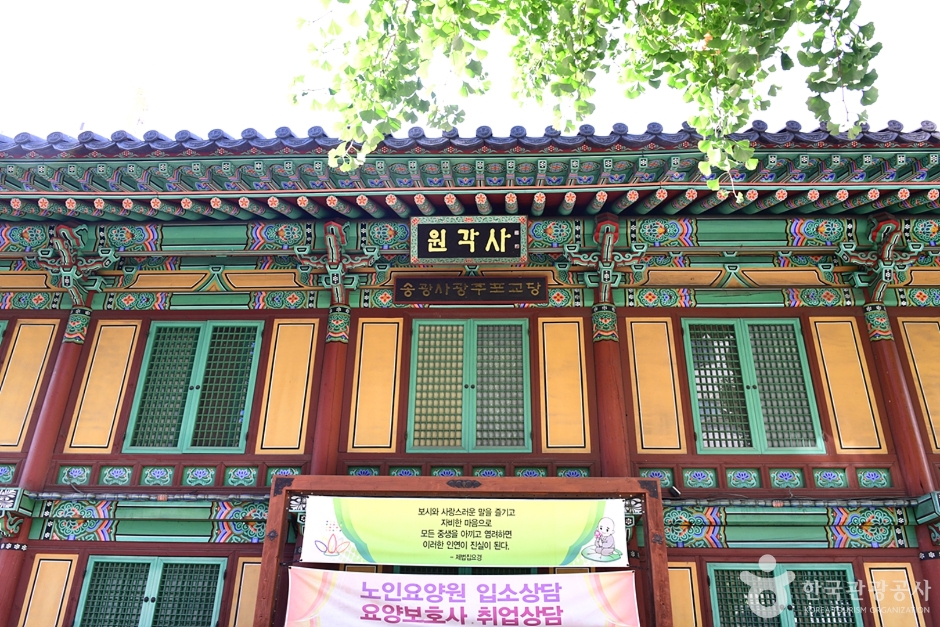
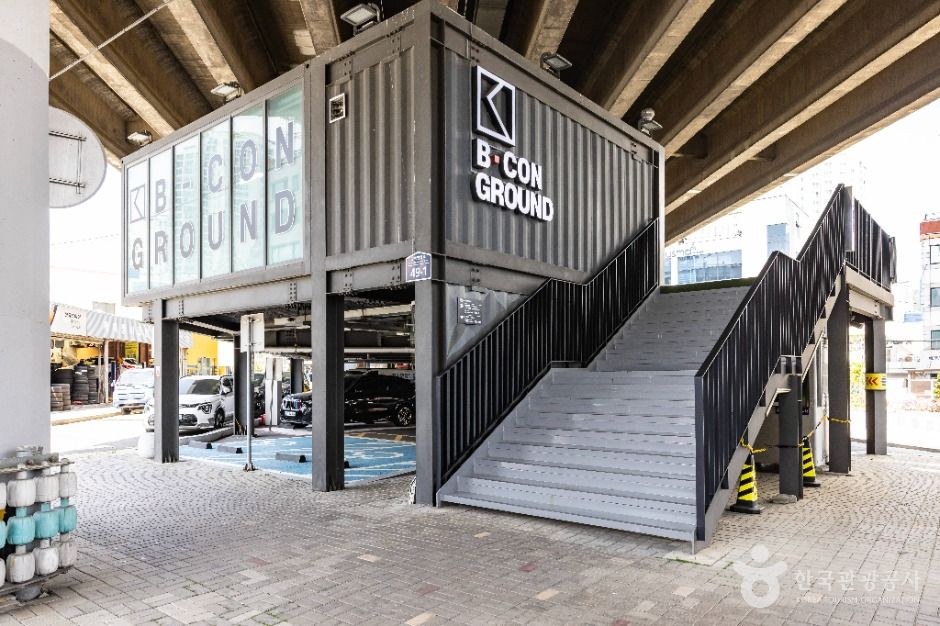

 English
English
 한국어
한국어 日本語
日本語 中文(简体)
中文(简体) Deutsch
Deutsch Français
Français Español
Español Русский
Русский